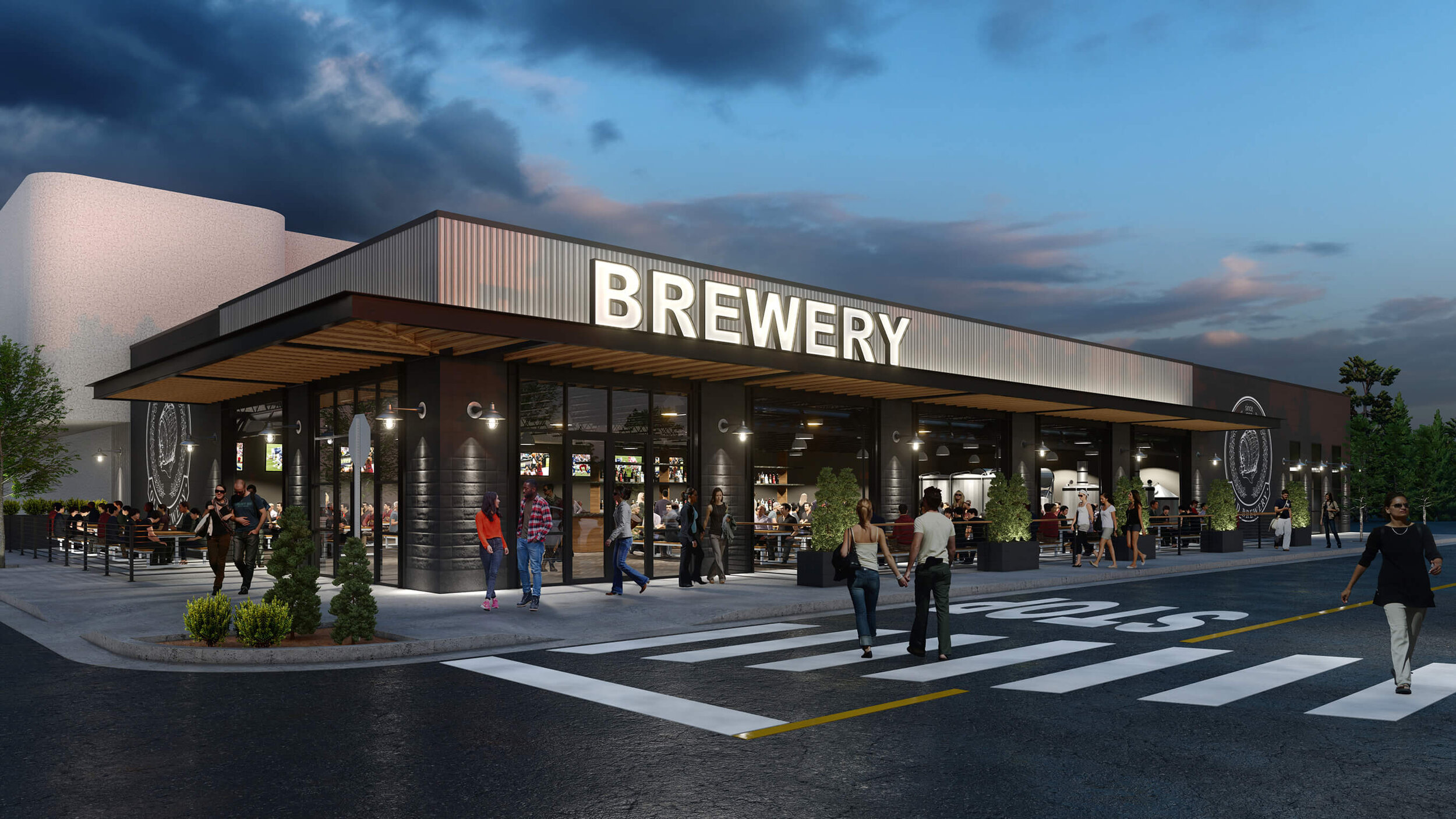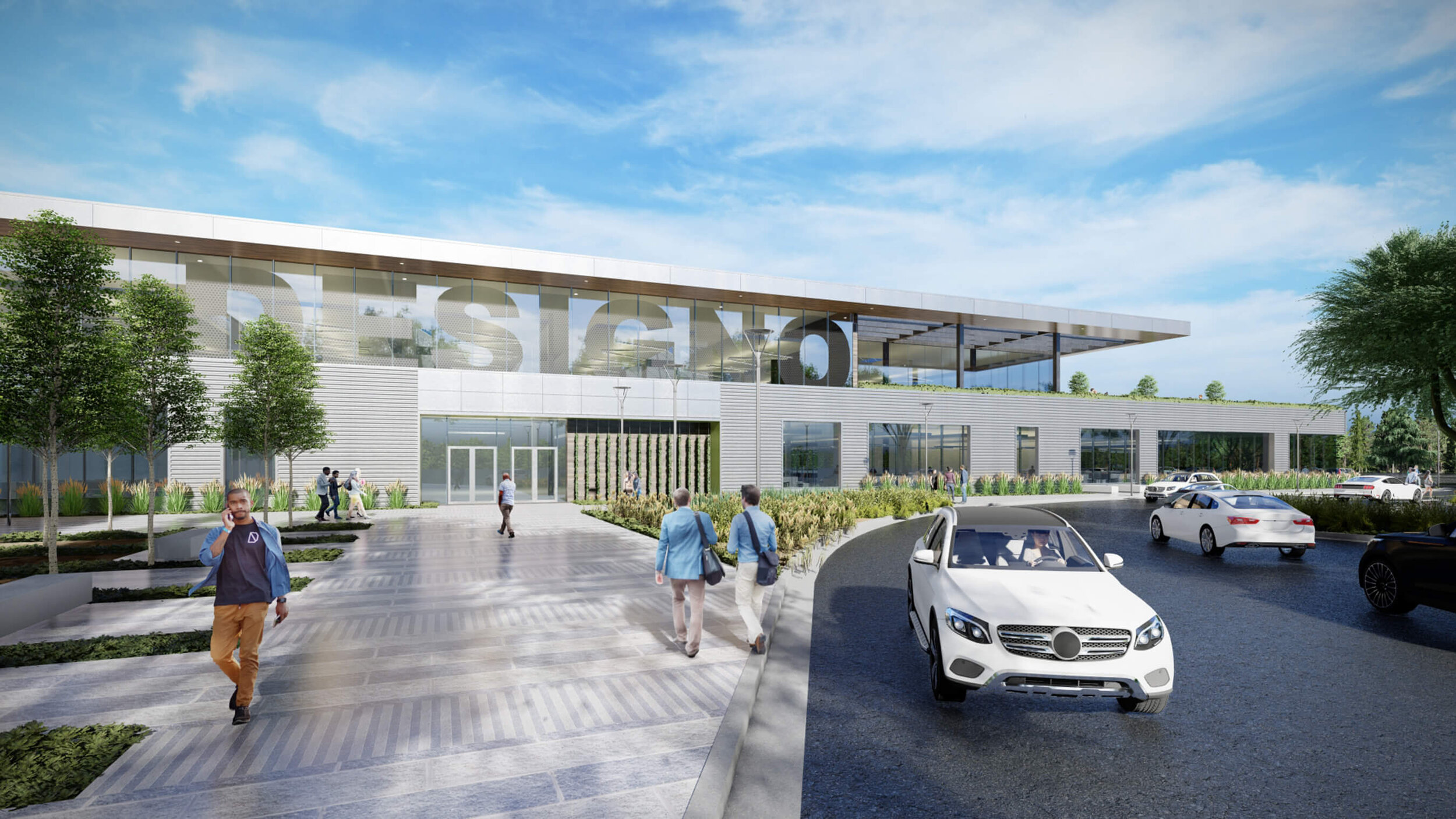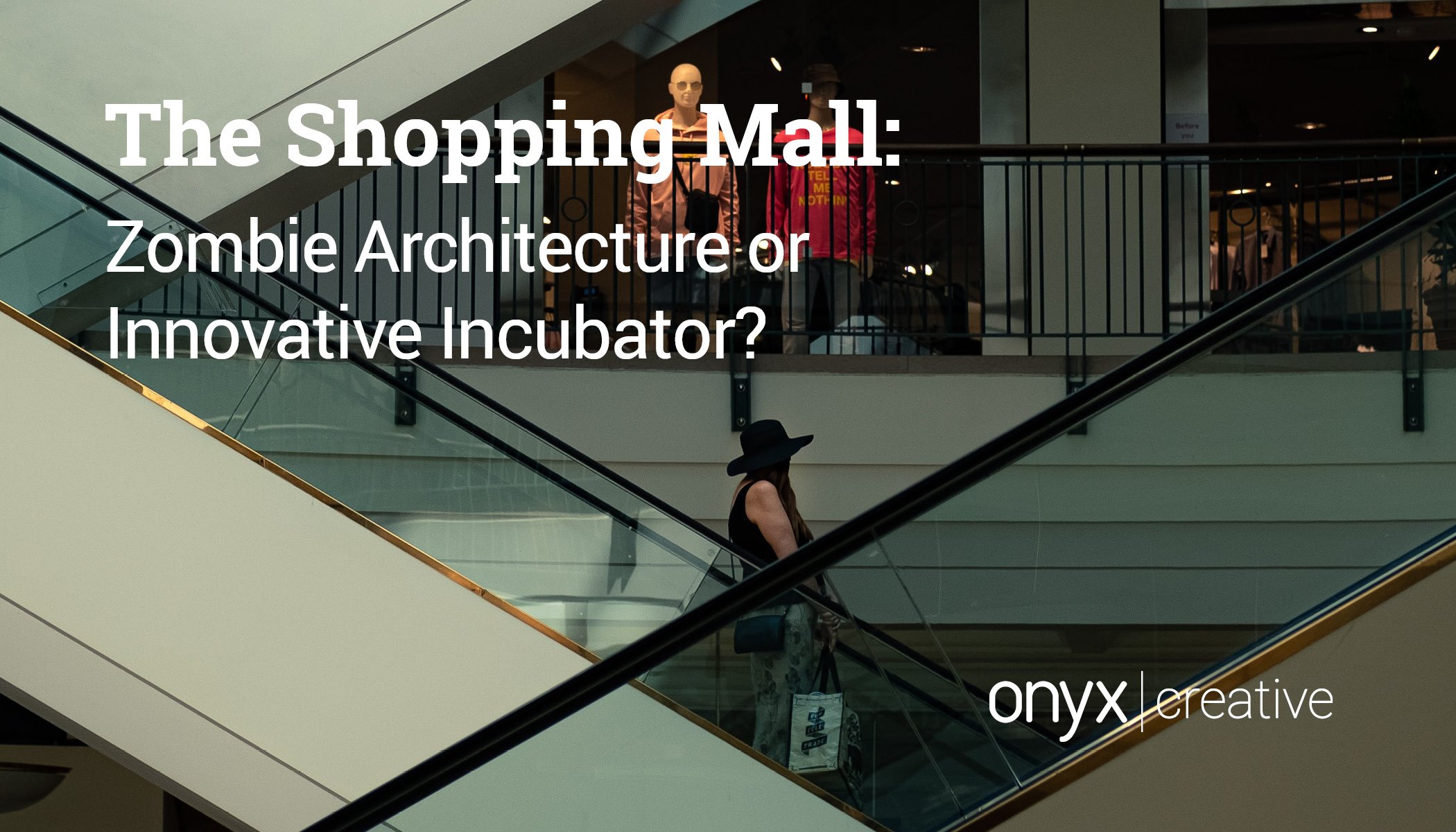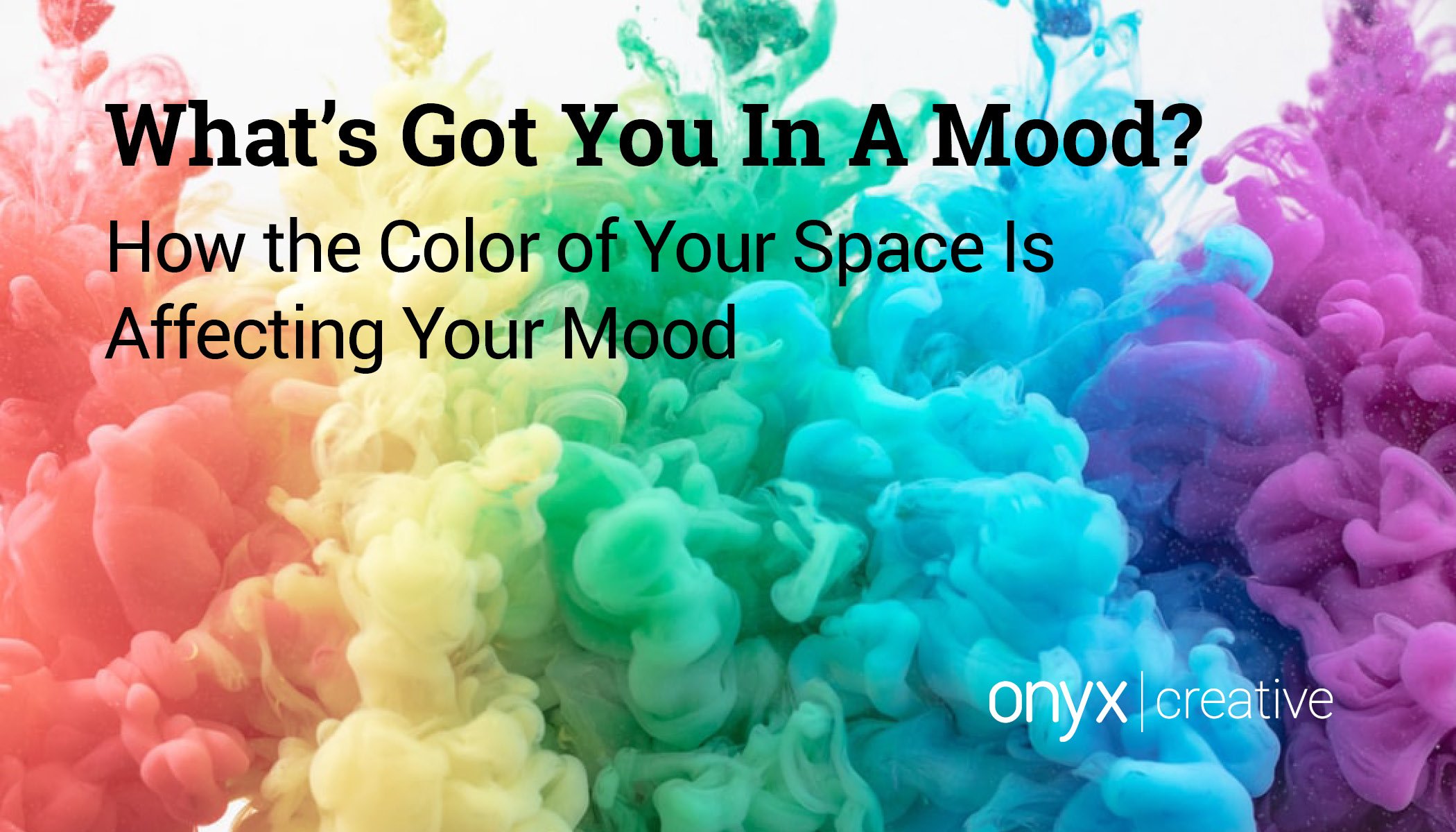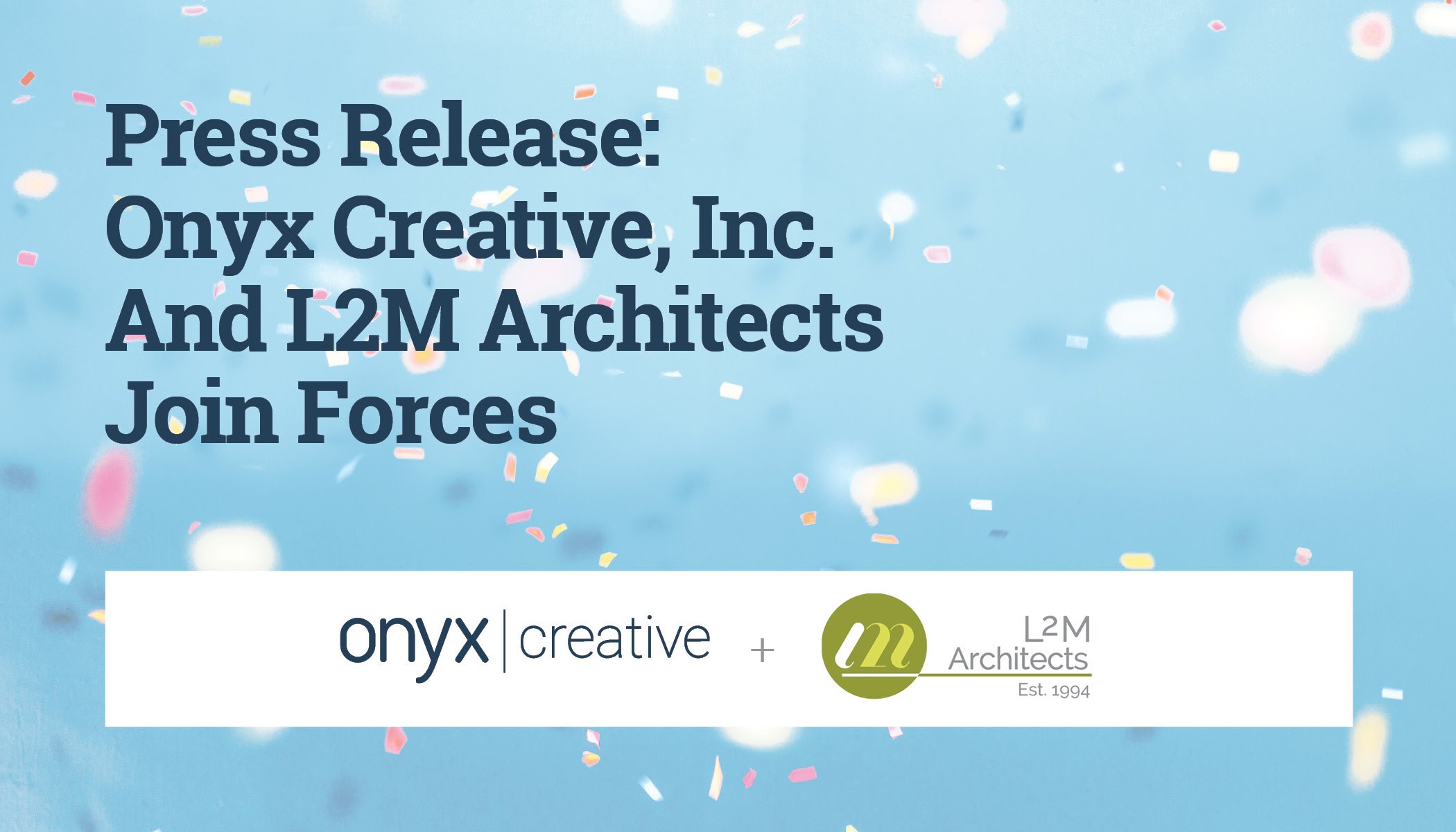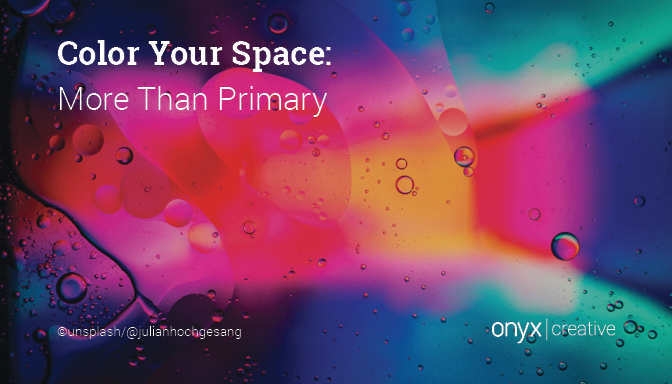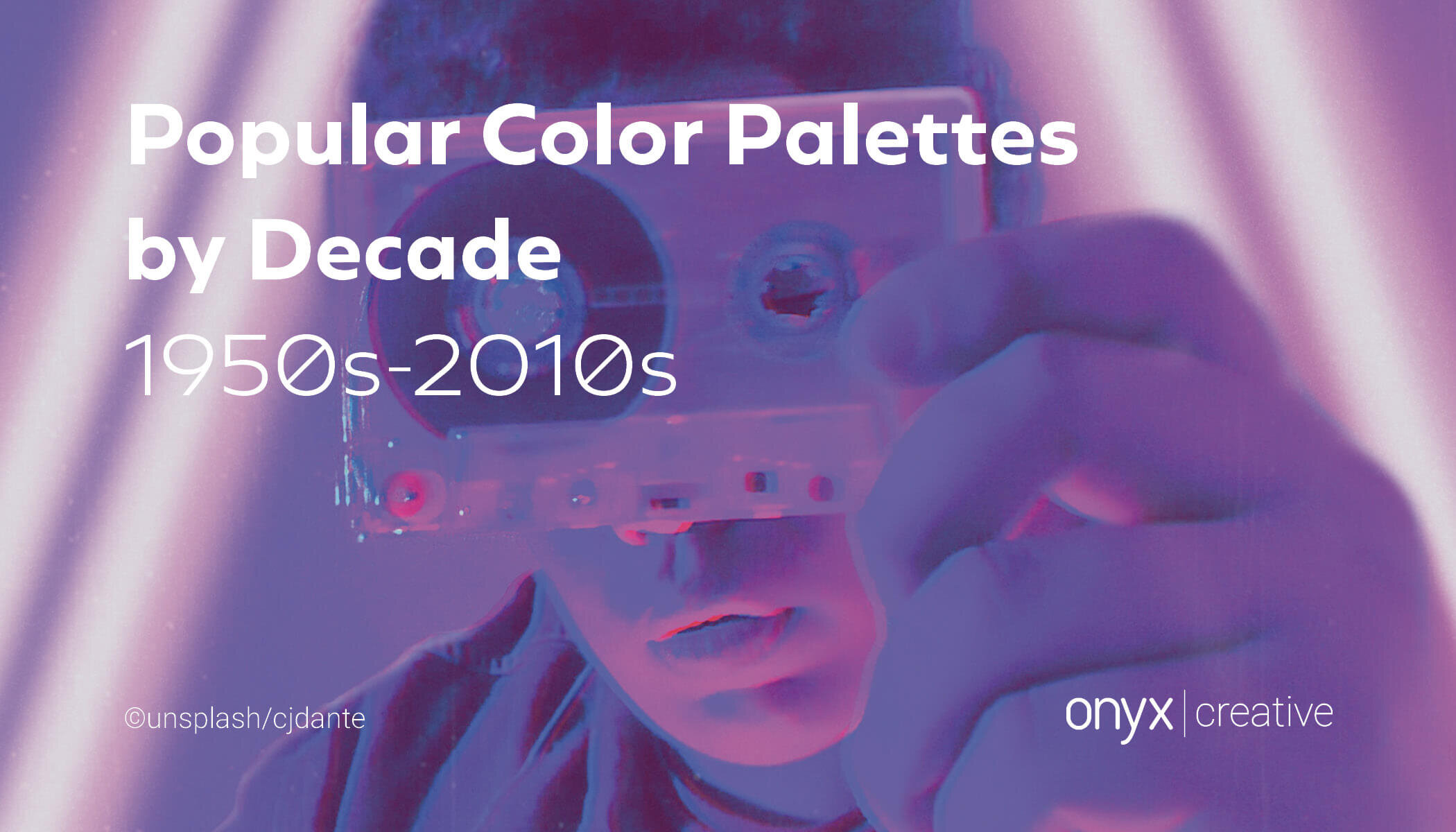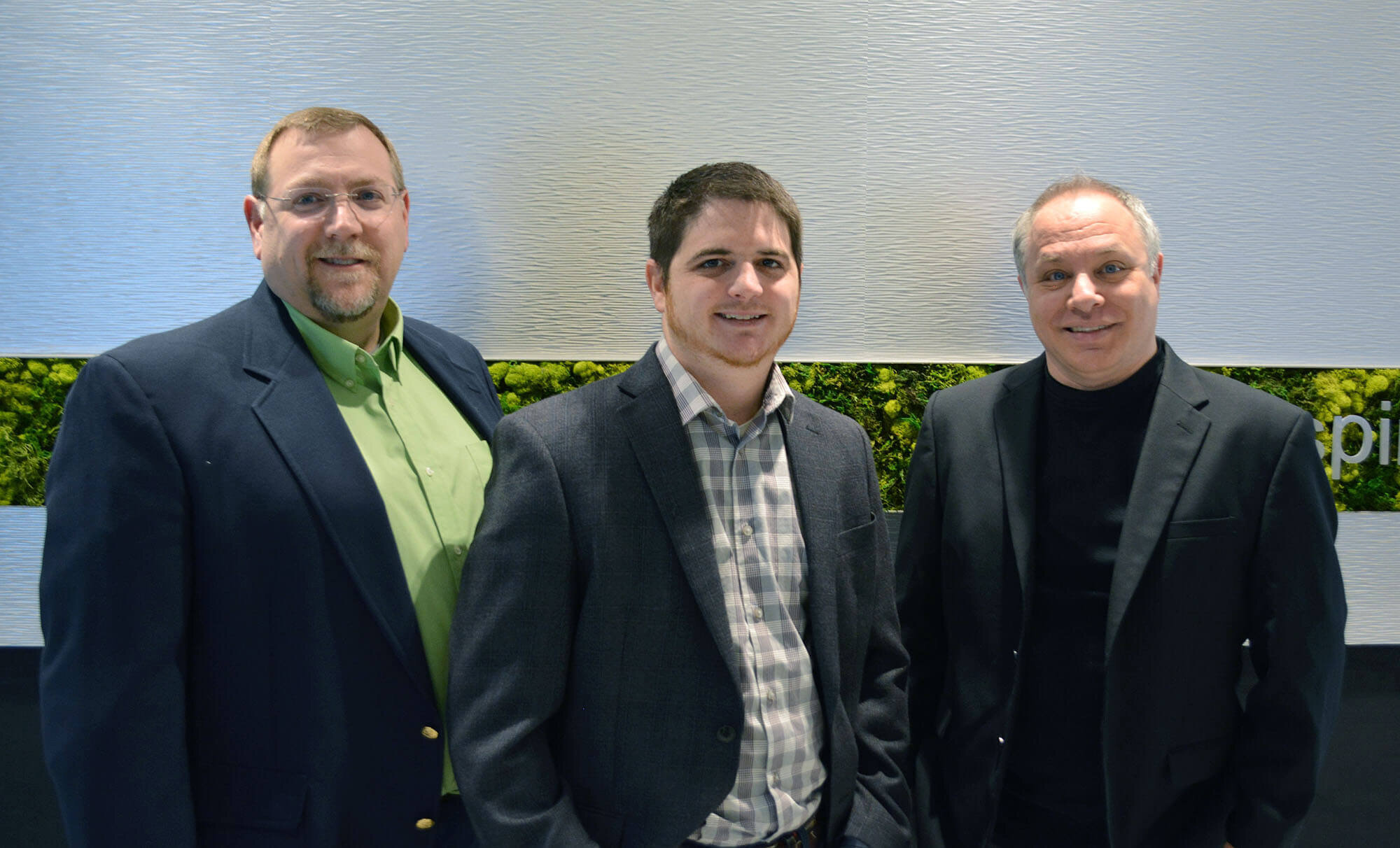The Emotional Capacity of an Image
Architectural renderings have always been an important part of the design process. At face value, they are an efficient tool to convey a design long before a project becomes reality. They facilitate communication and allow for an easy understanding of a project during its earliest phases. They answer questions about the physical properties of a place. Is it big or is it small? Is it brick or is it stone? Is that window here or there?
When renderings perform at their best, they have the capacity to convey the feeling of a place: the mood, the atmosphere, the experience. They can spark something in the imagination that almost feels like a dream, creating a longing for a place that doesn’t yet exist. By conveying the emotion of a place, the viewer can fill in the remaining senses as if they were there: the warmth of the sun, the sound of conversations spilling out from within, the energy in the air as dusk turns to night. In doing this, a rendering can do more than just convey information; it can create a powerful connection to a future experience.
Using “Live Rendering” as a Design Tool
In the past, renderings were created at particular milestones of project development, allowing both the designer and the client to periodically “see” what the space would look like. But today, technological advancements have allowed us to move past periodic, static images and into a real-time 3D environment.
At Onyx Creative, we embraced this technological shift and created a design process that revolves around live, 3D visualization.
By doing this, we not only create 2D renderings that convey the feeling of a place, we design from within them. Designing in a live 3D environment allows us to create from a perspective of user experience and forces us to ask and answer a more interesting set of questions. What does the volume of this space feel like as I move through it? How does the material change as the sun sweeps across it? What does this place feel like at night? In the morning? When it rains or snows?
Designing in this way makes it much easier to communicate the mood and atmosphere of a place because, in part, the design is generated by it.
The Future of Rendering: 3D Representation in Virtual Reality
As we work to create more impactful visualizations, we are beginning to explore the next frontier of architectural representation: virtual reality (VR). VR allows us to create an even stronger connection with a project by fully immersing the viewer in the design. By creating the impression of depth and solidity, the viewer can feel the design in way that was never possible before, by moving through the dream of a place that could be.


